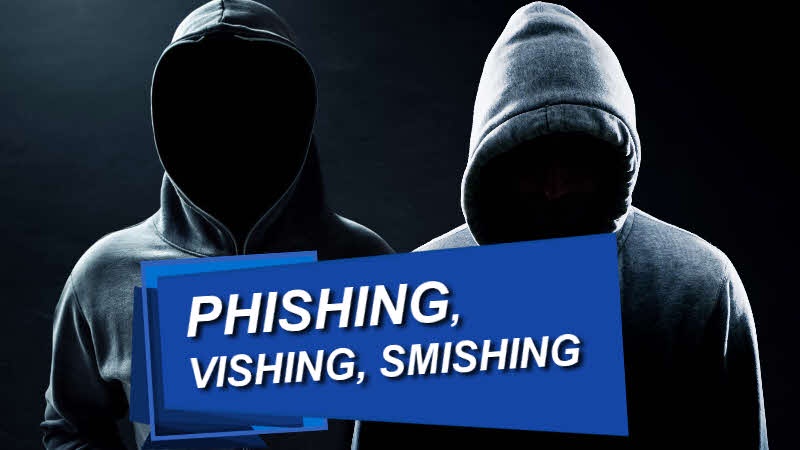Recently, the Internet has become an integral part of our lives. The network offers many amazing opportunities such as communication, shopping, bill payment and various entertainment.
But not always and not everyone uses the Internet for the good of society. Due to the rapid development of numerous resources, many types of fraud have emerged that aim to obtain sensitive data and further use it for personal gain.
The main ones are phishing, vishing and smishing. However, to protect your personal data on the Internet, it is enough to use elementary data protection rules and know how to recognize common threats and how to combat them.
Phishing
Phishing is one of the most widely used internet fraud methods right now. It is a type of obtaining secret information by an attacker who uses the known methods of social engineering to make users open their personal data themselves. This can be the number and code of a bank card, phone number, login, password and email address of certain services.
A user receives a phishing message in his mailbox, which first of all affects his emotions. For example, this can be a notification about a big win or, about account hacking with the additional suggestion to follow a phishing link and enter authorization data. A user goes to the resource provided and provides his username and password to the fraudster who, in turn, quickly operates with the information received.
Vishing
Vishing or voice phishing also uses social engineering methods, but with the help of a phone call.
The user receives a phone call, for example, from the bank employee, and the operator warns him that his bank card will be blocked if complete information about the card, including its number, CVV code, etc., is not provided over the phone in this moment. A customer who hears such a 'threat' immediately panics and may hand over all personal data up to the verification code.
Smishing
Another type of cheating through communication services is smishing. This criminal scheme aims to make the user follow a malicious link from the SMS message.
A Smishing message can be in the form of a notification from a well-known bank, a family company, or it can be information about suddenly winning a lottery, etc. In the case of SMS, detecting a trick is more difficult than with email phishing, because the messages are short and do not have as much information, except for the link itself.
So what is the difference between phishing, vishing and smishing, these very similar but still different types of Internet fraud? The main goal is the same for all of them: to obtain sensitive information, mainly through the redirection of users to fake websites.
But this is done in different ways:
- By email in phishing
- By means of a phone call in vishing
- Via SMS in smishing
Tips to avoid being a victim of vishing
When you have vishers harassing you every day on your cell phone or landline, what can you do to end their reign of terror?
There are several things that you and your company can do to combat vishing:
- Do not answer your phone when you receive calls from unknown numbers.
- Do not respond to unsolicited sales, marketing, or outreach messages.
- Avoid calling phone numbers provided in online ads, pop-ups, emails, etc.
- Sign up with a paid robocall blocking service.
- Inform yourself and your employees and family about possible threats and scams. Teach them to hang up and call the person, department, or company directly using official phone numbers.
- Report potential scam calls or emails to your company's IT department.
- File an official complaint with local or state law enforcement agencies.


No comments yet